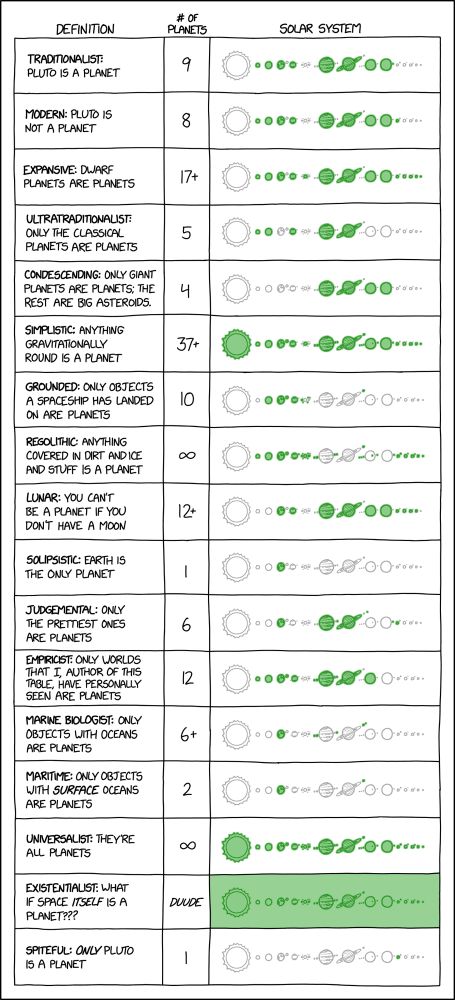Harrison Nicholls
@nichollsh.bsky.social
140 followers
210 following
18 posts
Studying the atmospheres and interior interactions of rocky planets.
University of Oxford AOPP (DPhil)
https://www.h-nicholls.space
Posts
Media
Videos
Starter Packs
Reposted by Harrison Nicholls
Harrison Nicholls
@nichollsh.bsky.social
· Jul 25
Harrison Nicholls
@nichollsh.bsky.social
· Jul 25
ClimateBook
@climatebook.bsky.social
· Jul 4

Volatile-rich evolution of molten super-Earth L 98-59 d
Small low-density exoplanets are sculpted by strong stellar irradiation but their origin is unknown. Two competing scenarios are that they formed either with rocky interiors and H2-He atmospheres (`ga...
arxiv.org
Harrison Nicholls
@nichollsh.bsky.social
· Jun 14
Reposted by Harrison Nicholls
Reposted by Harrison Nicholls
Reposted by Harrison Nicholls
Reposted by Harrison Nicholls
Harrison Nicholls
@nichollsh.bsky.social
· Dec 17
Harrison Nicholls
@nichollsh.bsky.social
· Dec 17
Harrison Nicholls
@nichollsh.bsky.social
· Dec 17
Harrison Nicholls
@nichollsh.bsky.social
· Oct 26








